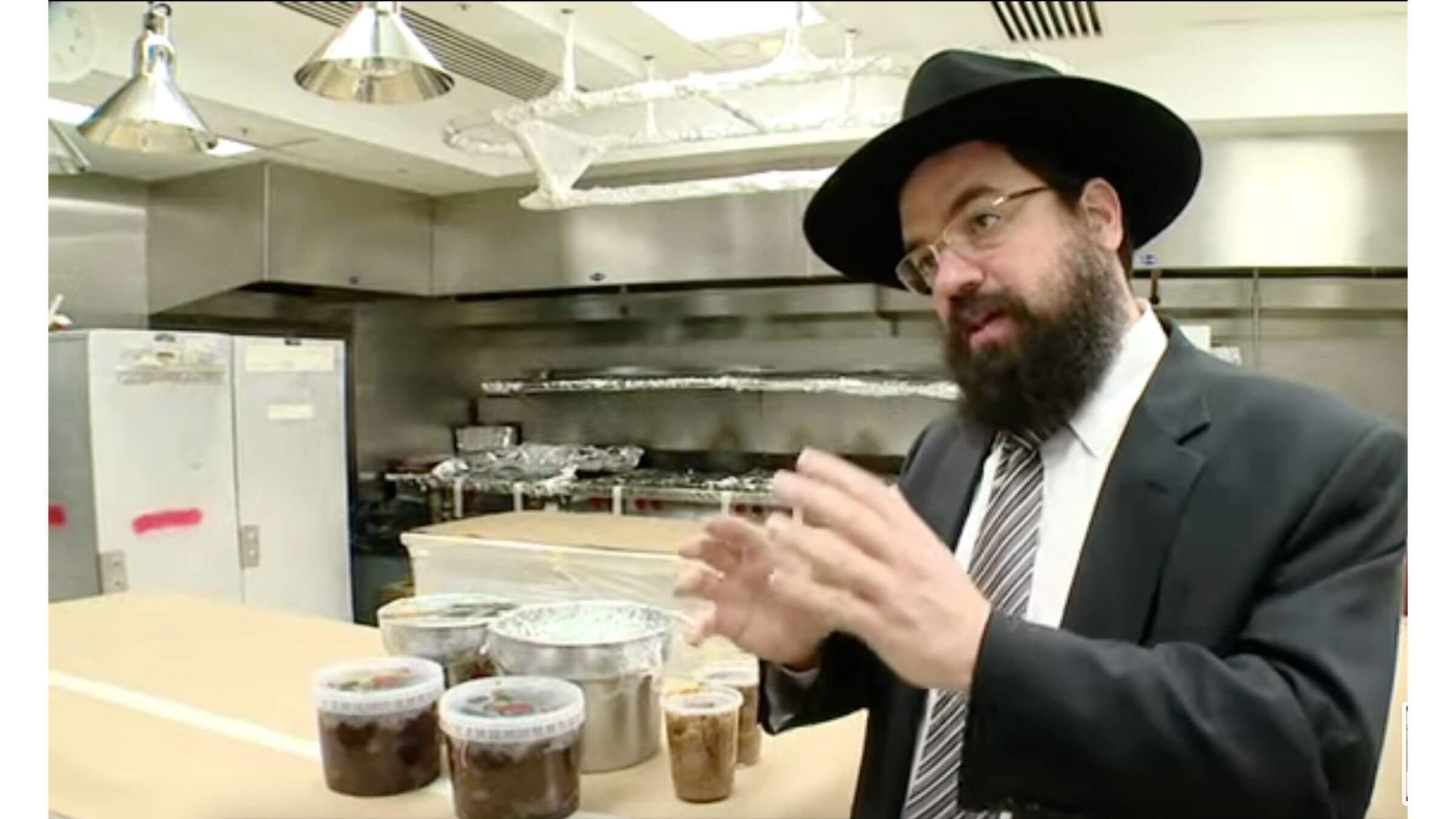A short history of kosher kitchens at official government residences
Pennsylvania’s new governor is getting a kosher kitchen. FDR, Ed Koch and the White House all offered kosher food to guests

Rabbi Levi Shemtov explains how the White House kitchen is made kosher. Courtesy of WhiteHouse.gov via YouTube
Pennsylvania Gov. Josh Shapiro, who was sworn in Tuesday, plans to have a kosher kitchen in the governor’s mansion in Harrisburg. It’s the rare example of a kitchen in an official U.S. government residence that will be all kosher, all the time.
But there have been many occasions over the years where kitchens in official government residences were made kosher, or kashered, temporarily for a Jewish holiday or to accommodate Jewish guests.
Jewish food writer Joan Nathan wrote in Tablet that when Franklin Delano Roosevelt was governor of New York, from 1929 to 1932, two Jewish men regularly came to lunch at the executive mansion in Albany.
“When it came to the attention of the governor and his wife, Eleanor, that these men abstained from everything offered them except for fruit, dessert, and coffee, Mrs. Roosevelt realized she should serve dairy and vegetables in a new set of dishes especially reserved for these occasions,” Nathan wrote.
Rozanne Gold’s reminiscences about her work as a chef for New York City’s Mayor Ed Koch included helping to “blowtorch the kitchen” at the mayor’s residence, Gracie Mansion, to kasher it for Prime Minister Menachem Begin and his entourage around the time of the Camp David peace agreements.
Going kosher at the White House
Nathan recalled that the Carter administration ordered 50 kosher meals from a local caterer for a 1979 Camp David Peace Treaty dinner. The first entirely kosher state dinner apparently took place a year later for 180 guests, including Begin. The menu included kosher wine from California and non-dairy desserts without the butter that ordinarily enriches deluxe sweets.
George W. Bush was the first U.S. president to host a Hanukkah party, with, of course, kosher latkes, while the Obamas held two Passover seders at the White House. Such events are practically routine at the White House now; there’s even an official WhiteHouse.gov video starring Rabbi Levi Shemtov, a Chabad rabbi, supervising the kashering process.
“A kosher kitchen,” he explains in the video, involves “a total separation of milk and meat and only kosher ingredients as well as utensils only being used for kosher.” Surfaces are cleaned with boiling water and wrapped in tin foil and plastic wrap to avoid contamination.
In an email to the Forward, Shemtov said other kosher kitchens at sites connected to U.S. government officials include the private kitchen at the embassy in Cairo when Daniel C. Kurtzer was ambassador; the embassy in Prague when Norm Eisen was ambassador, and the embassy at the European Union in Brussels when Stuart Eizenstat was ambassador. In fact, Shemtov added, the EU kitchen once served a non-kosher item and the ambassador “had to personally purchase a whole new set of State Department china.”
Chana Pollack, the Forward’s archivist, contributed to this report.















